Why Web Design Work From the Past Often Feels Embarrassing
Every freelance designer at some point looks back and wonders, “What was I thinking?” When you revisit your earlier web design projects, the layout may feel outdated, the UX clunky, or the typography uninspired. This feeling isn’t unique—it’s part of the design evolution. As your skills grow, so do your standards. Over time, that old work becomes a marker of how far you’ve come.
In fact, this discomfort reflects real progress. It means you’ve moved forward in your design learning process, learned from UX mistakes, and improved your approach to client work.
The Evolution of a Web Designer’s Mindset
The design industry changes rapidly. What was considered innovative five years ago can feel obsolete today. As a result, web design professionals constantly refine their work and adjust their creative instincts.
So why do you outgrow your work?
- You’ve learned new design tools and technologies.
- You’ve become more user-focused and aware of UX flaws.
- You now value simplicity and performance over flashy visuals.
- You spot subtle UX mistakes more easily.
Therefore, it’s completely normal to view your past work with a critical eye.
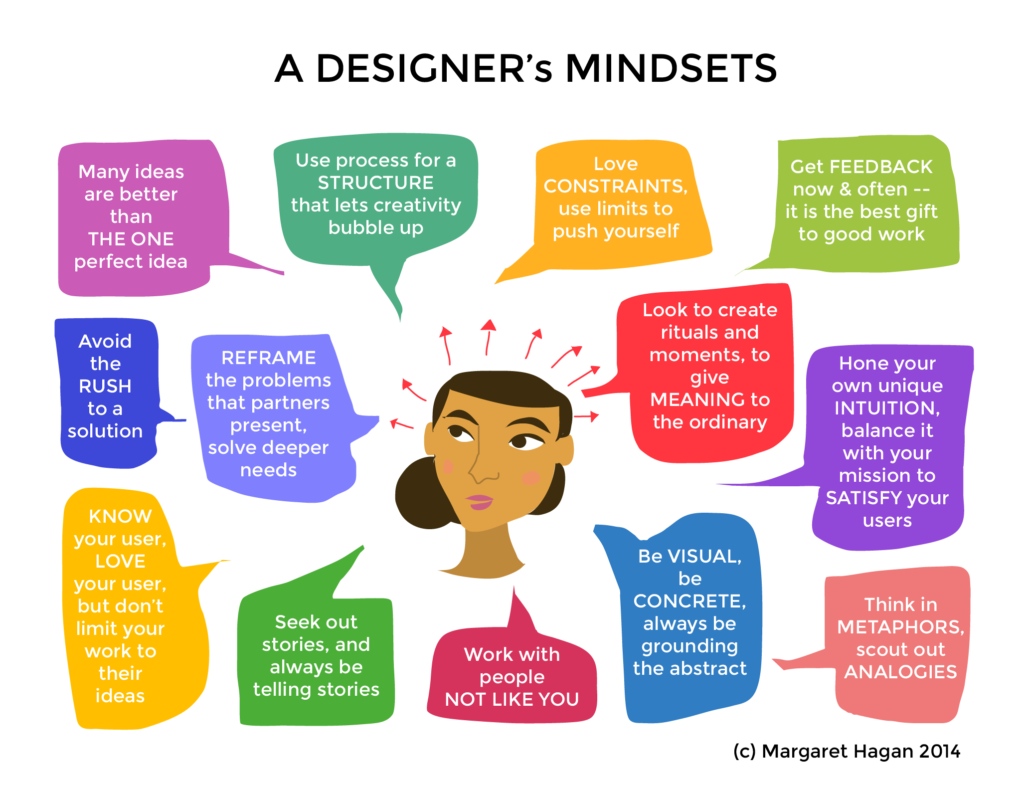
Web Design Skills Improve Through Real-World Practice
The design learning process isn’t just about studying theory—it’s about making real things, making mistakes, and making progress.
Here are some key lessons you gain over time:
- How real users behave versus how you think they behave.
- Why aesthetics without usability fail the user.
- How clear hierarchy improves navigation.
- Why responsiveness matters more than ever.
- When to avoid trends that sacrifice accessibility.
With every project, your understanding of what makes web design effective improves—often more than you realize in the moment.

Why Freelance Designers Feel It the Most
As a freelance designer, you may revisit your portfolio more often than those working in agencies. You rely on showcasing your previous work to land new clients, and with that comes the vulnerability of exposure.
This can cause some self-doubt:
- “Why did I choose that layout?”
- “How did I miss that navigation issue?”
- “This typography feels outdated.”
But these questions highlight your growth. Instead of hiding your old projects, consider using them as proof of how far you’ve come. In fact, including a short note about what you’ve learned since the project can increase your credibility with clients.

Embrace the Design Evolution
Instead of deleting everything, consider updating or annotating your old projects. This helps highlight your growth and shows potential clients or employers how you’ve improved in web design over time.
Here are a few ways to approach this:
✅ Document your past decisions and what you would do differently today.
✅ Archive old projects in a “Retired” section of your portfolio.
✅ Use side-by-side comparisons to show before and after.
✅ Write blog posts reflecting on projects, pointing out lessons learned.
✅ Teach others about your past UX mistakes and how you solved them.
By being open about your journey, you not only improve your own learning but also help others along the way.
Final Thoughts: Growth Is the Goal
Every designer has a trail of past work that makes them cringe. But that’s part of being in a fast-paced, creative field like web design. Instead of hiding from your previous designs, recognize them as vital steps in your journey.
Let your past projects serve as a reminder that you’re constantly evolving—refining your skills, avoiding UX mistakes, and building toward a future where your designs make even more impact.
Stay Inspired on Your Web Design Journey
Web design is a journey of constant refinement. Whether you’re learning from past UX mistakes or pushing your creative limits as a freelance designer, growth never stops.
👉 Want more insights and resources on UX/UI design?
Check out our blog at bozzabench.com for the latest updates.
🎯 Ready to bring your web design vision to life?
Visit webie.com.vn and let’s build something exceptional together.


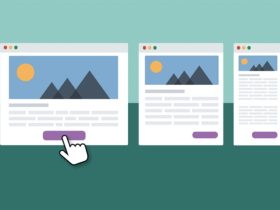








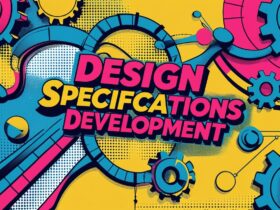



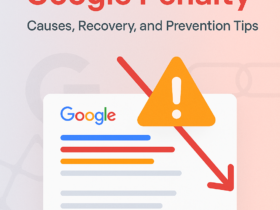









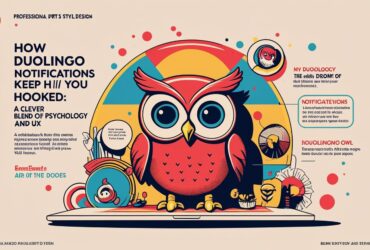

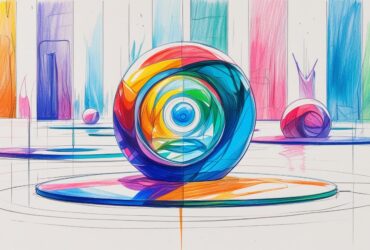
Leave a Reply